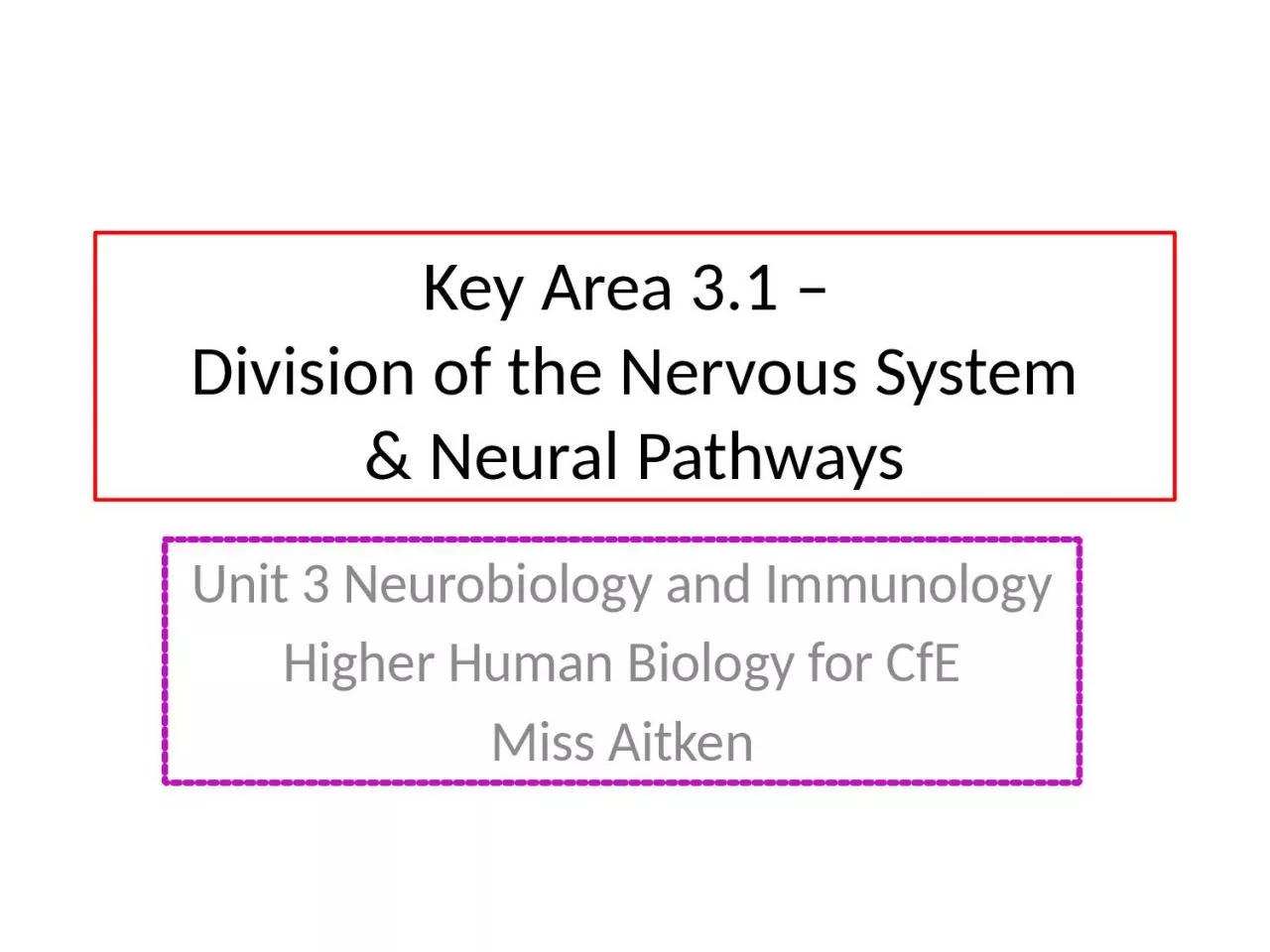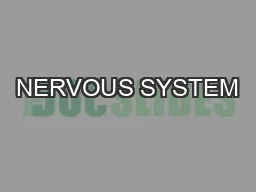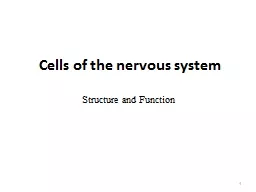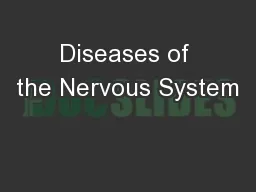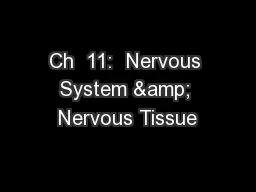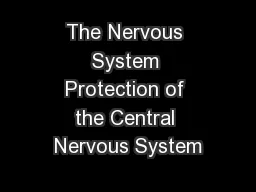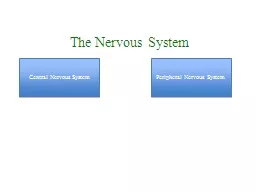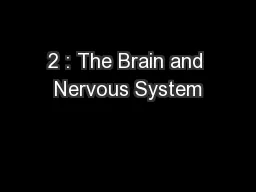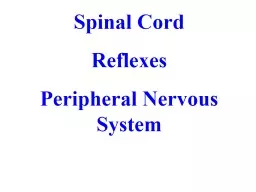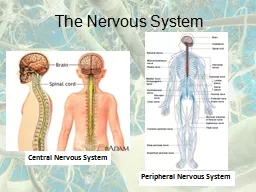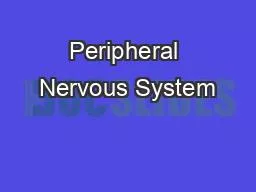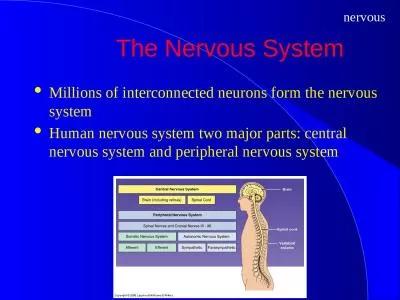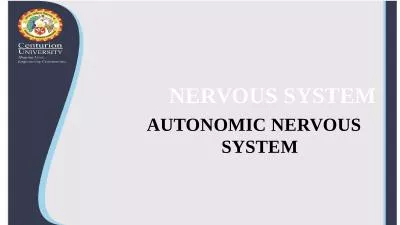PPT-Key Area 3.1 – Division of the Nervous System
Author : hailey | Published Date : 2024-01-03
amp Neural Pathways Unit 3 Neurobiology and Immunology Higher Human Biology for CfE Miss Aitken The nervous system is made up of The Central Nervous System CNS Includes
Presentation Embed Code
Download Presentation
Download Presentation The PPT/PDF document "Key Area 3.1 – Division of the Nervou..." is the property of its rightful owner. Permission is granted to download and print the materials on this website for personal, non-commercial use only, and to display it on your personal computer provided you do not modify the materials and that you retain all copyright notices contained in the materials. By downloading content from our website, you accept the terms of this agreement.
Key Area 3.1 – Division of the Nervous System: Transcript
Download Rules Of Document
"Key Area 3.1 – Division of the Nervous System"The content belongs to its owner. You may download and print it for personal use, without modification, and keep all copyright notices. By downloading, you agree to these terms.
Related Documents

